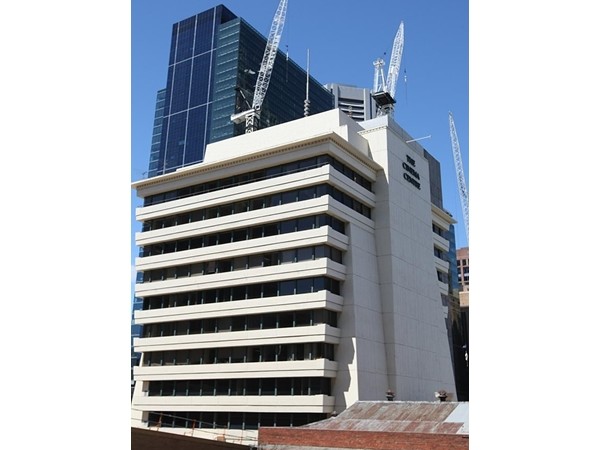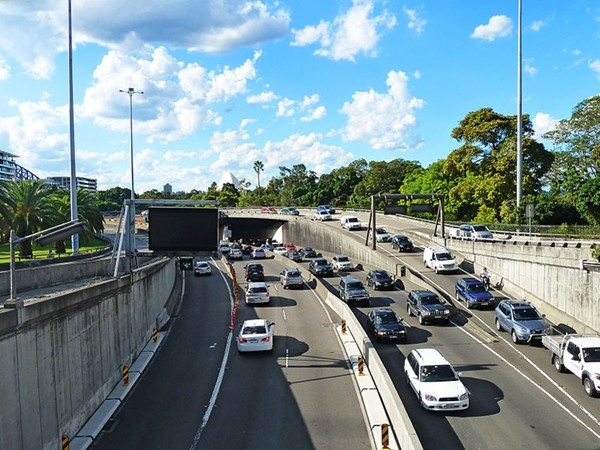Instead of preserving worthy buildings as they are, creating an Australian National Architecture Gallery is a better solution, says renowned built environment commentator Alan Davies.
In a provocative article, Davies argues that building protection often comes at a cost to both the building owner, as well as the community.
Preserving and maintaining a building reduces the supply of alternative site uses, such as housing or office space, with further implications on affordability.
Davies points to the former Hoyts Cinema Centre on Bourke Street, Melbourne, which was submitted to be heritage-listed by Heritage Victoria.
Completed in 1969, the former Hoyts complex was the first multi-cinema complex in Victoria, and the first cinema centre in Australia to incorporate a rentable office tower.
Apart from this historical significance, Heritage Victoria says the form of the office tower drew inspiration from Asia, when the dominant architectural style in the state at that time was modernist curtain wall construction. The tower is also said to display early characteristics of the emerging brutalist style (linear, fortress-like and blockish buildings).
However, the Herald Sun reports Victoria’s Planning Minister Matthew Guy saying, “People use the term brutalist architecture to legitimise ugly buildings, but I don't think we should be saving ugly buildings in Melbourne.”

Heritage Victoria wants the Hoyts Cinema Centre to be heritage-listed. Source: News Limited
“Heritage advocates learned long ago that seeking to protect buildings primarily on the basis of their aesthetic merit or contemporary functional relevance is not a reliable strategy. They focus instead on a building’s historical virtue, broadly defined to include social, economic and architectural history,” writes Davies.
“I think the claim in respect of the [Hoyts] building’s contribution to the history of brutalism is far-fetched but I’ve no reason to doubt the veracity of the other assertions. What I do query though is whether they’re of such moment that they justify the inherent costs of protection.”

Davies questions how a proposal to demolish the Sydney Cahill Expressway would fare on the same logic used by Heritage victoria. Image: commons.wikimedia.org
These costs – both social and economic in nature – distinguish buildings and large structures from the way other events and artefacts of historical importance are treated: immortalised in books and films, remembered in debates and discussions, and for tangible manifestations, accommodated in galleries, museums and interpretation centres.
“Take the history of nearly any field – for example, the Australian trade union movement – and it’s recorded almost entirely in ephemeral media and small artefacts like banners and photographs,” says Davies.
“With buildings we have the option of preserving them in their entirety so inevitably that’s what advocates often seek to do.”
As an alternative to protection, Davies suggests preserving some worthy buildings in a National Architecture Gallery, which would exhibit documents and artefacts associated with a particular building.
The key offering would be a virtual re-creation of the structure, whereby 3D modelling and holographic techniques would enable a virtual walk-through of the building and provide simulated access to spaces, including those that would probably be off-limits to the public if the building was protected.
Although there are some structures that would warrant the cost of ‘total protection’, Davies says a National Architecture Gallery addresses cases where the social cost of protection exceeds the social benefits, or where the benefits accrue to a very narrow section of the community.
“The fact it’s an attractive building isn’t enough to justify permanent protection,” says Davies.
“If I can get a rich appreciation of an important social advance such as the eight hour day largely via books and articles, I can live without the social cost of a permanent ten storey monument celebrating the coming of the first multi-cinema complex to Victoria.”
View Davies' full post here.

